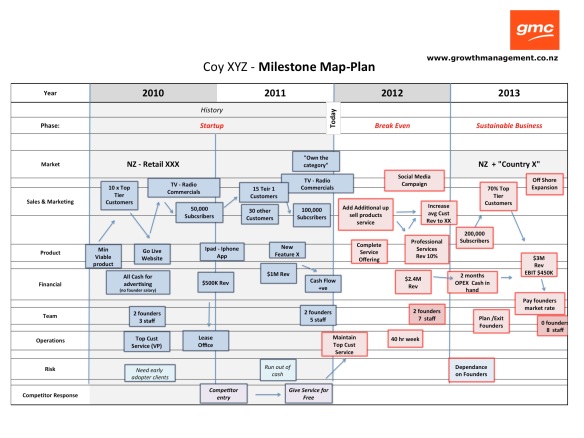Whether you want new customers, a new job, a promotion or just to be found; here are 7 tips to help you build a better profile for yourself using your linkedin profile.
In this digital age, if you cannot be found on the web I personally begin to wonder what you are hiding or do you not want to grow your business? If you are still holding allegiance to the tribe of anonymity and you have a front line position in a company (sales, marketing or owner) then I would suggest seeking a new profession or shutting your business down. If you have more customers, opportunities and wealth than you can handle – then by all means operate in stealth and ignore the tips below.
7 Linkedin Profile Tips 
- Add your photo
Many people are poor at remembering names. Your face is the best form of recognition we still have. Make it visible to everyone. Don’t use logo’s or diagrams. Better still if you can clear cut it (edit the background out). - Load your contact details – Phone, email and website
If you want to be contacted then put your phone, skype an email address in and make them visible. Linkedin is better than the white or yellow page directories for getting up to date contact details. People who want to connect with other busy people (read successful or great potential clients) publish cell phone no’s.To access someones contact information, click the contact info envelope at the top of their profile (highlighted below) and it will expand out to show their full contact information.

The other day my wife and I found a wallet full of credit cards, office access keys and other personal stuff on the street. We then set off in a major social media stalking exercise to find and contact the owner – her hours of anxiety could have been reduced to minutes if she had put her cell phone no or email address in her linkedin profile. - When sending a connection invite – add a relevant comment
Don’t just send connection requests without at least a simple “this is why I want to connect with you” or “this is how I know you” line. This way you turn your cold call to a warm call.I meet lots of people in my business life, many from speaking gigs – when someone from the audience attempts to connect with me with a little note I generally connect. People with big networks will more than likely accept your request. - Get some recommendations
Linked in is a great way to build personal credibility – get personal recommendations from people you respect to build your credibility. Because its in the public its more likely to be authentic. - Put some history
Make sure you list more than your current role on Linked in. As a general rule cover the last 10 years of your business history. - Use your linked in network for marketing
You can very easily export your linked in database to a csv file that you can use outside linked in eg starting an email newsletter list. Go to connections page – click settings – its in the panel listed as advance settings. - Delete Duplicate profiles
If you have duplicate profiles – delete all but one. If you have lost both password and the email account it is linked to contact linked in support. Linked in now have a service that will merge multiple accounts into one.










